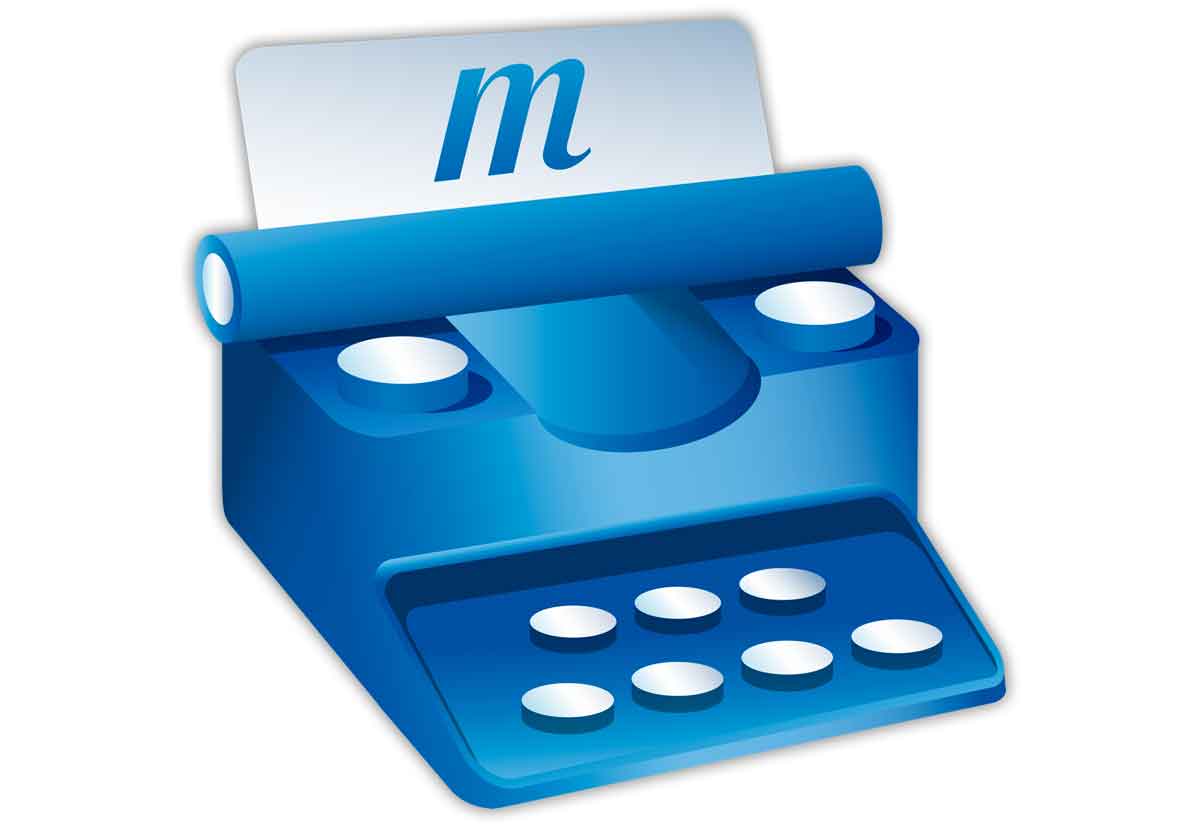

Very few people try to write documents directly in TeX.
#MELLEL HOTKEYS CODE#
Lamport did this by creating TeX macros: that is, programs that write TeX code for you, behind the scenes. In the early 1980s, another distinguished computer scientist, Leslie Lamport, extended TeX to produce LaTeX (it is the first two letters of his surname that provide the ‘La’ in ‘LaTeX’). Its early adopters were mathematicians, who appreciated its provision of mathematical symbols unavailable on the typewriter as well as the beauty that its typesetting algorithms gave to mathematical formulae. TeX was created in the late 1970s by the legendary computer scientist, Donald Knuth, who was disappointed by his publisher’s standards of typesetting. Technically, LaTeX is built on top of TeX: ‘a special-purpose programming language that is the centerpiece of a typesetting system that produces publication quality mathematics (and surrounding text)’ (TeX Users Group, n.d., para.

If you’ve spent any time reading (a) papers from computer science conferences, (b) open access preprints of scientific articles on, or (c) documentation for R packages, you will be familiar with the look of those PDFs: the titles (but not the headings) are centred, the first line of each paragraph is indented, the lines of type are justified, the margins are usually generous unless a double-column layout is used, the word-spacing is elegant, and everything is (typically) printed in this weird, old-fashioned-looking typeface called Computer Modern.
#MELLEL HOTKEYS PDF#
markup), and it spits out a Postscript file that another program can convert into a PDF (some variants will generate PDFs directly). LaTeX works differently: you set it to work on a file containing text interspersed with code (i.e. 1) I’m not going to argue with that.Ĭommercial typesetting of books, magazines, etc is typically done using WYSIWYG applications for desktop publishing, such as InDesign, Scribus, or the now-discontinued PageMaker. What is LaTeX?Īccording to its own website, LaTeX (pronounced ‘lay-tech’) is ‘a high-quality typesetting system’ and ‘the de facto standard for the communication and publication of scientific documents.’ (LaTeX Project n.d., para. Why such a long essay? Because many of those who evangelise for the use of LaTeX fetishise it to the extent of spreading misinformation about its true benefits and I want to clear some of that up.
#MELLEL HOTKEYS HOW TO#
It won’t teach you how to use it (I’m not qualified!), but it will try to give non-users a clear understanding of what LaTeX is really for, which may help them to make their minds up about whether the effort of learning it (not to mention simply getting it to work) is really going to be worthwhile. I’ve written this essay as a sort of pre-introduction to LaTeX. Other people may come to LaTeX for other reasons: people who want to typeset their own books people who’ve heard that LaTeX may have something to do with Digital Humanities etc. One of the skills that science students are likely to be encouraged to develop is the use of LaTeX. It’s that time of year when students are signing up for study skills classes.


 0 kommentar(er)
0 kommentar(er)
